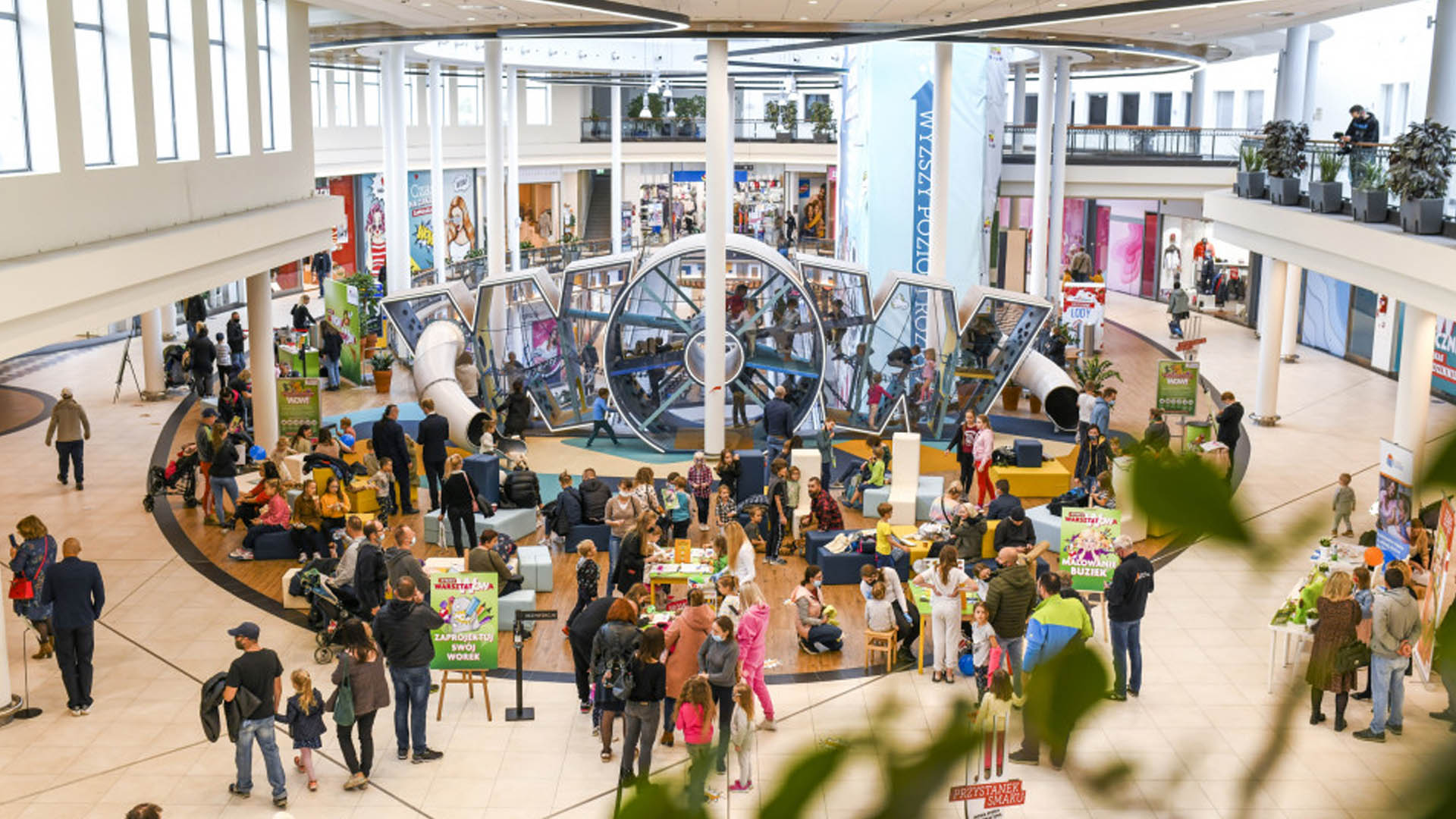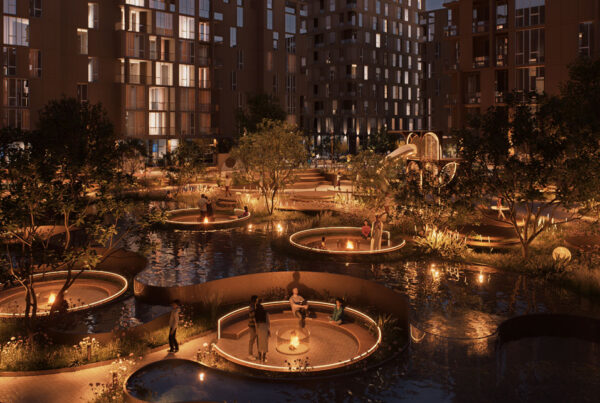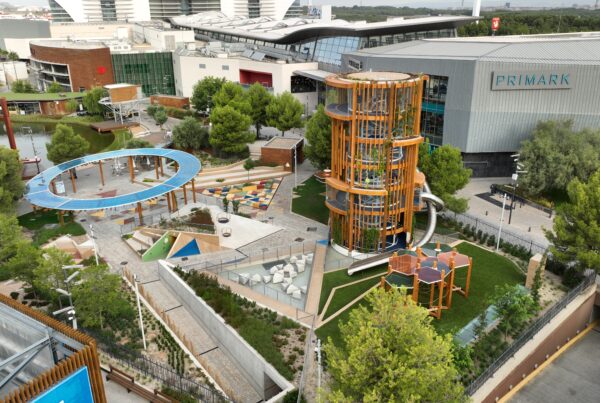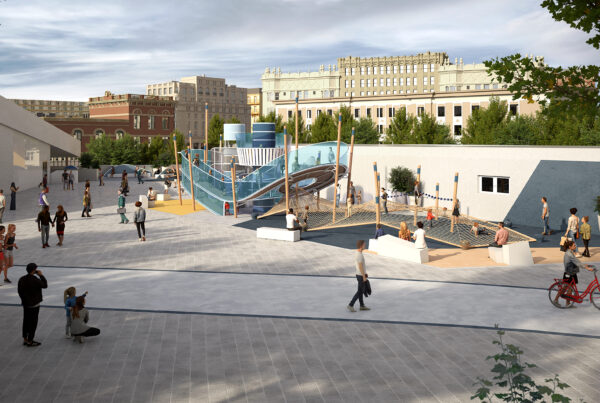Putting people at the heart of every design, shaping spaces with purpose.
When designing public spaces, prioritizing people and their behaviors and needs is of utmost importance. This approach acknowledges the rich diversity of habits, cultures, and needs that characterize different communities around the world. Adopting a one-size-fits-all mentality neglects the complexities of human behavior and fails to create environments that truly serve the individuals who utilize them.
By prioritizing people in public spaces, designers can foster inclusivity and enhance the overall experience for all users. Understanding the specific needs of diverse populations allows for the implementation of tailored solutions that accommodate different preferences and needs. Whether it’s providing seating areas for gatherings, installing prayer rooms for religious observance, or designing accessible pathways for individuals with disabilities, a people-centric approach ensures that no one is left behind.

Moreover, recognizing and respecting cultural differences fosters a sense of belonging and inclusion within the community. Public spaces should reflect the values, traditions, and identities of the people who inhabit them, creating a sense of pride and connection to the environment. This cultural sensitivity not only enriches the aesthetic and functionality of the space but also promotes social unity and harmony among its users.
Furthermore, designing with people at the center can have significant commercial benefits. When individuals feel a strong bond and connection to a place designed with their needs in mind, they are more likely to frequent that space, leading to increased foot traffic and economic activity. Businesses located within these vibrant and inclusive environments often thrive as they cater to a diverse customer base. Additionally, such spaces attract tourists seeking authentic cultural experiences, further boosting the local economy.

Ultimately, designing for the people not only fosters social interactions and cohesion but also brings tangible economic benefits. By creating environments that cater to the unique needs and preferences of diverse populations, communities can create strong bonds between individuals and the places they inhabit, ultimately leading to more vibrant, active, and prosperous societies.
Lara Hmayed, Design and Project Manager





